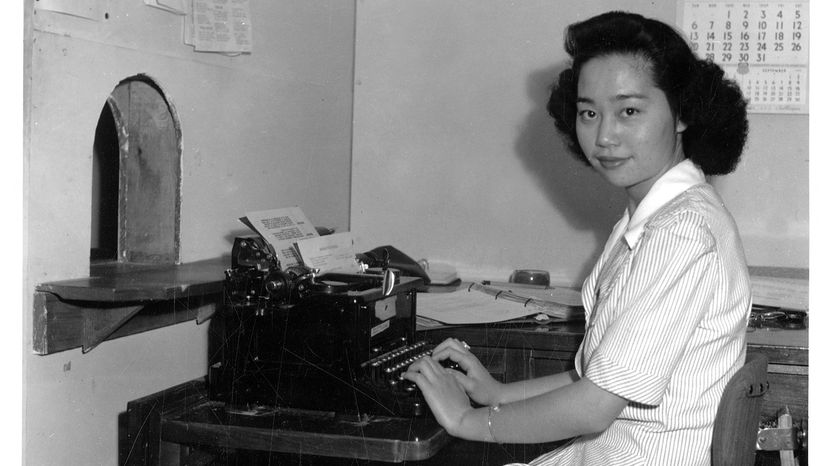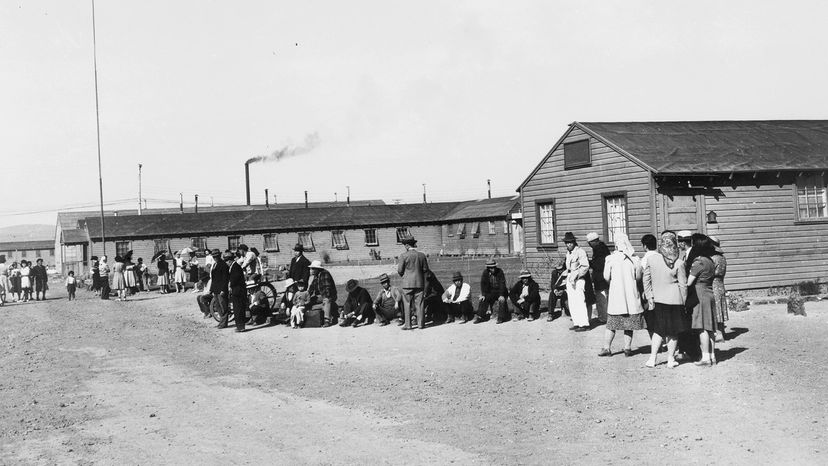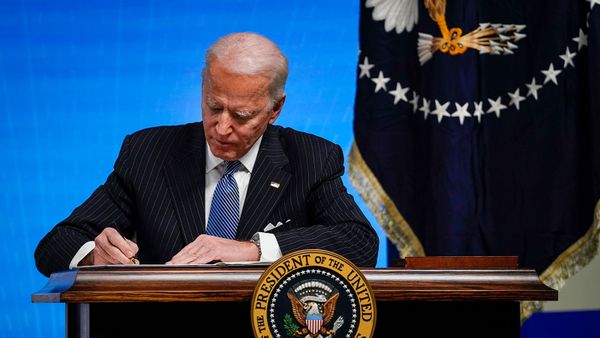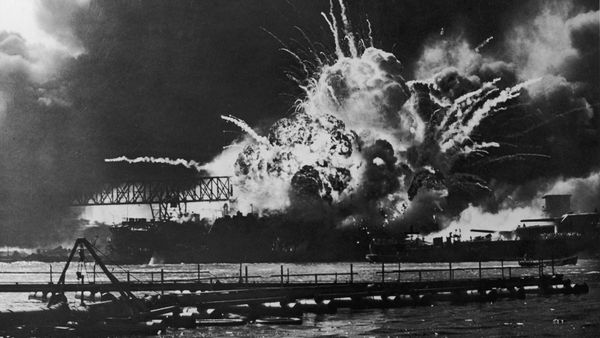"The larger relevance of all the Japanese American cases that went before the Supreme Court during World War II, to my mind, is that they show how dangerous deference to the executive in wartime can be," Tyler says, referring to the ongoing argument over whether the judiciary branch of government (the Supreme Court and other federal courts) should yield all decisions about national security to the executive branch (the president, vice president and cabinet).
In a 2018 USA Today op-ed, Tyler referred to Japanese American internment as a "cautionary tale" for President Trump's proposed travel ban. "This connects to modern day because it means that the Court should be hesitant to defer to the executive with respect to assertions about the needs of national security as a blanket matter."
To underscore her point, Tyler refers to the Supreme Court's decision last year to overturn the 1944 ruling in the case of Korematsu v. United States, in which American citizen Fred Korematsu refused to leave the West Coast following President Roosevelt's executive order and was subsequently convicted of disobeying a military order. While the ruling was technically overruled in "dicta," meaning it may hold more symbolic value than actionable impact, Tyler says it's still a meaningful move.
"Had the Court in Korematsu, among other cases, actually asked to see a factual basis supporting the need for the policies that were put in place by the military under Executive Order 9066, the government could not have provided any evidence," she says. "This fact and the Court's recent overruling of Korematsu — albeit in dicta — should give pause to any court inclined to take the executive at its word when individual rights are at stake."
While the U.S. continues to face complex issues around national security, immigration, citizenship and ingrained institutional prejudices, many continue to look to Endo and Turcell as trailblazers. Following the landmark case, Purcell went on to work on a number of Japanese immigration lawsuits and practiced law into his 80s. Although she kept a low profile for the remainder of her life (apparently her own daughter didn't know about her historic impact until she was in her 20s), Endo continues to be an important figure in the continued fight for fair and equal rights.




